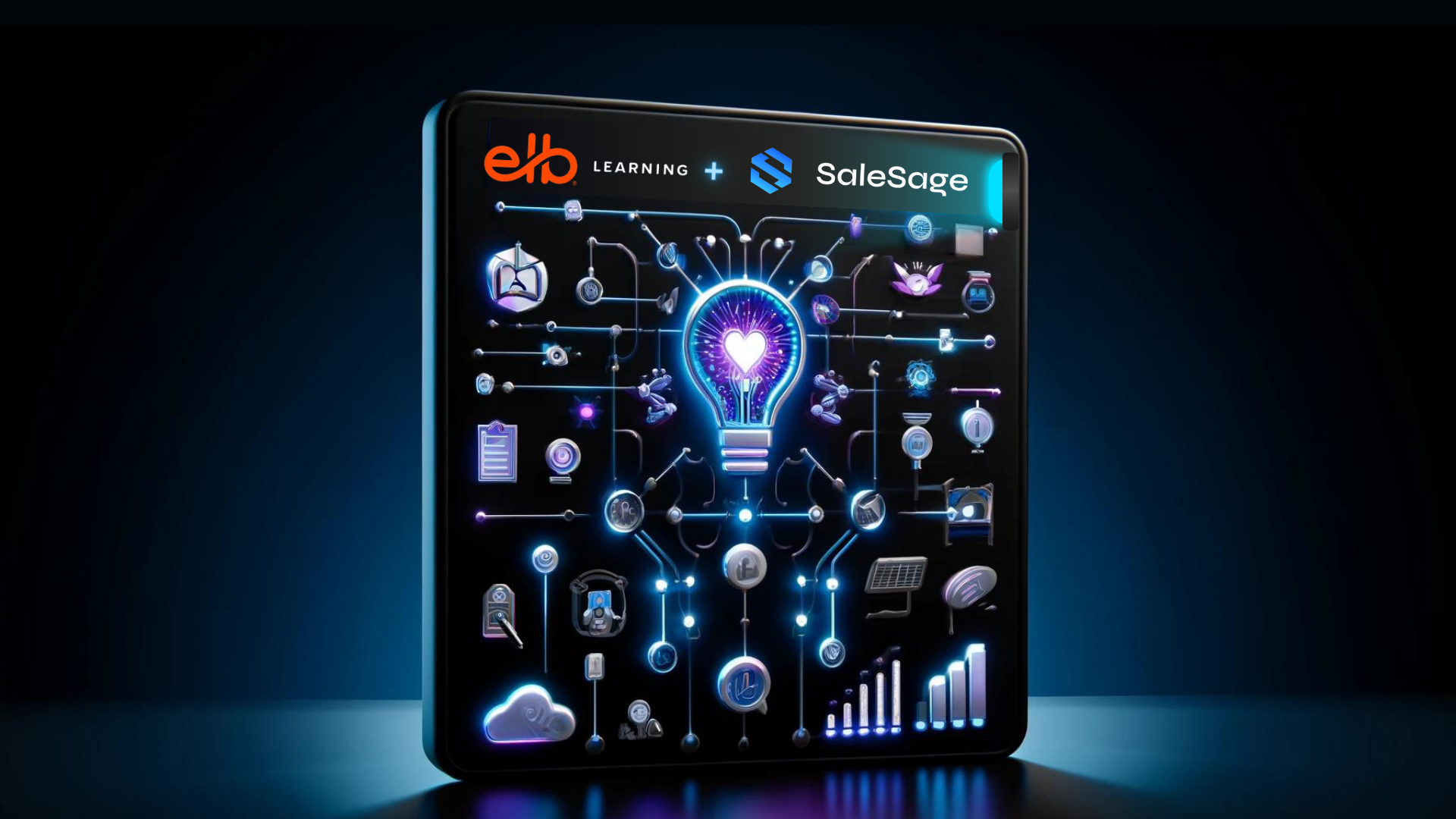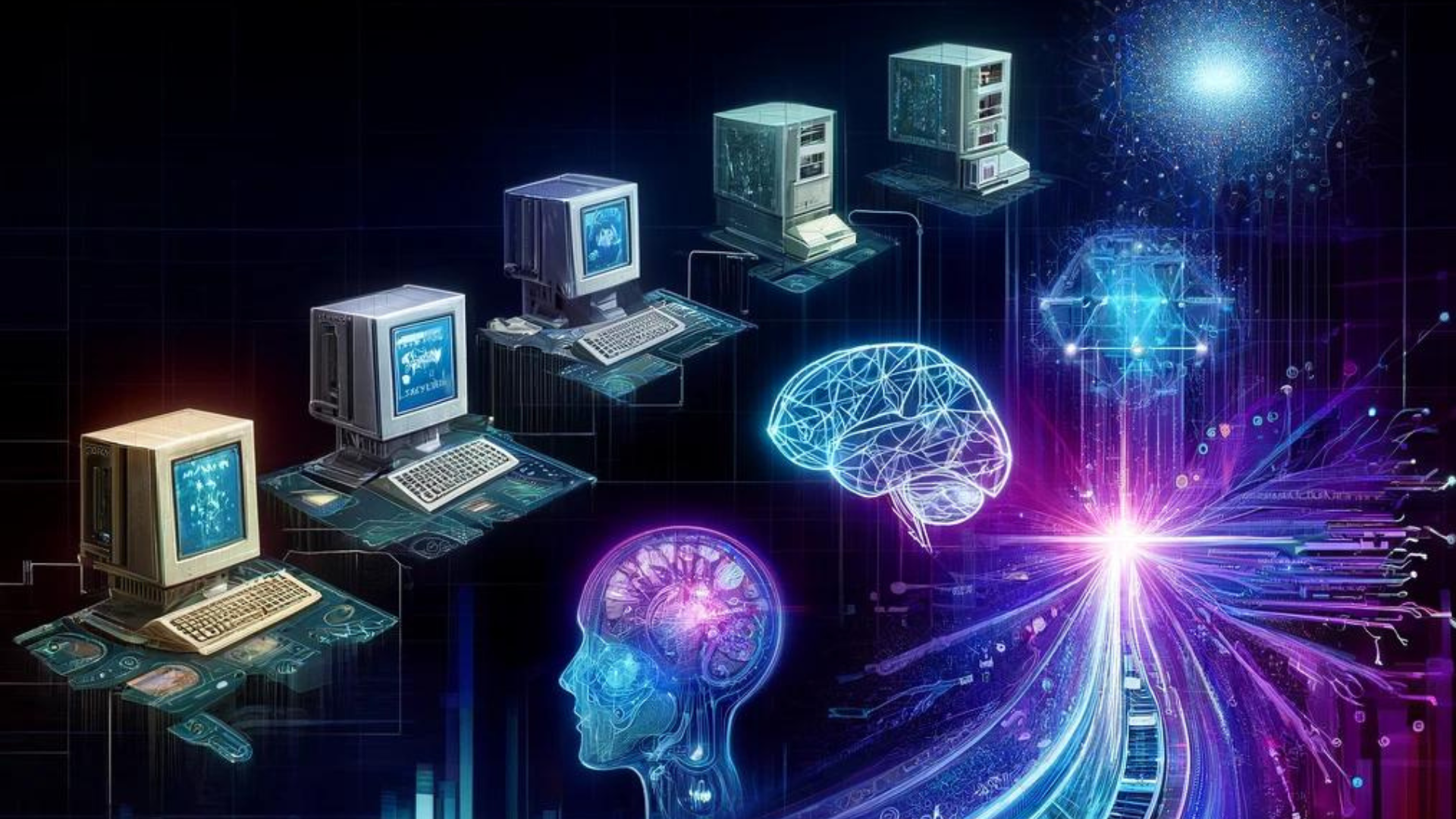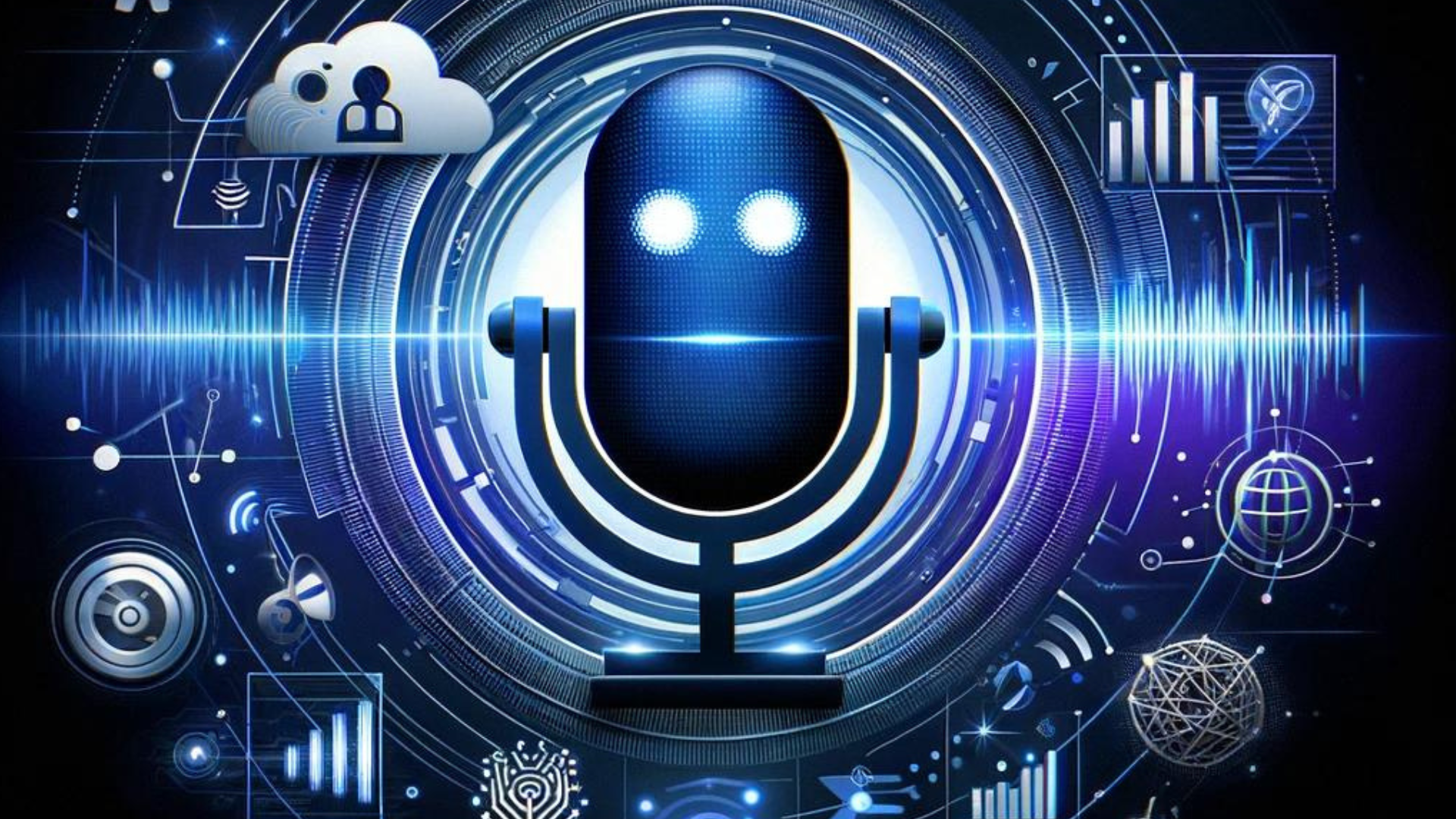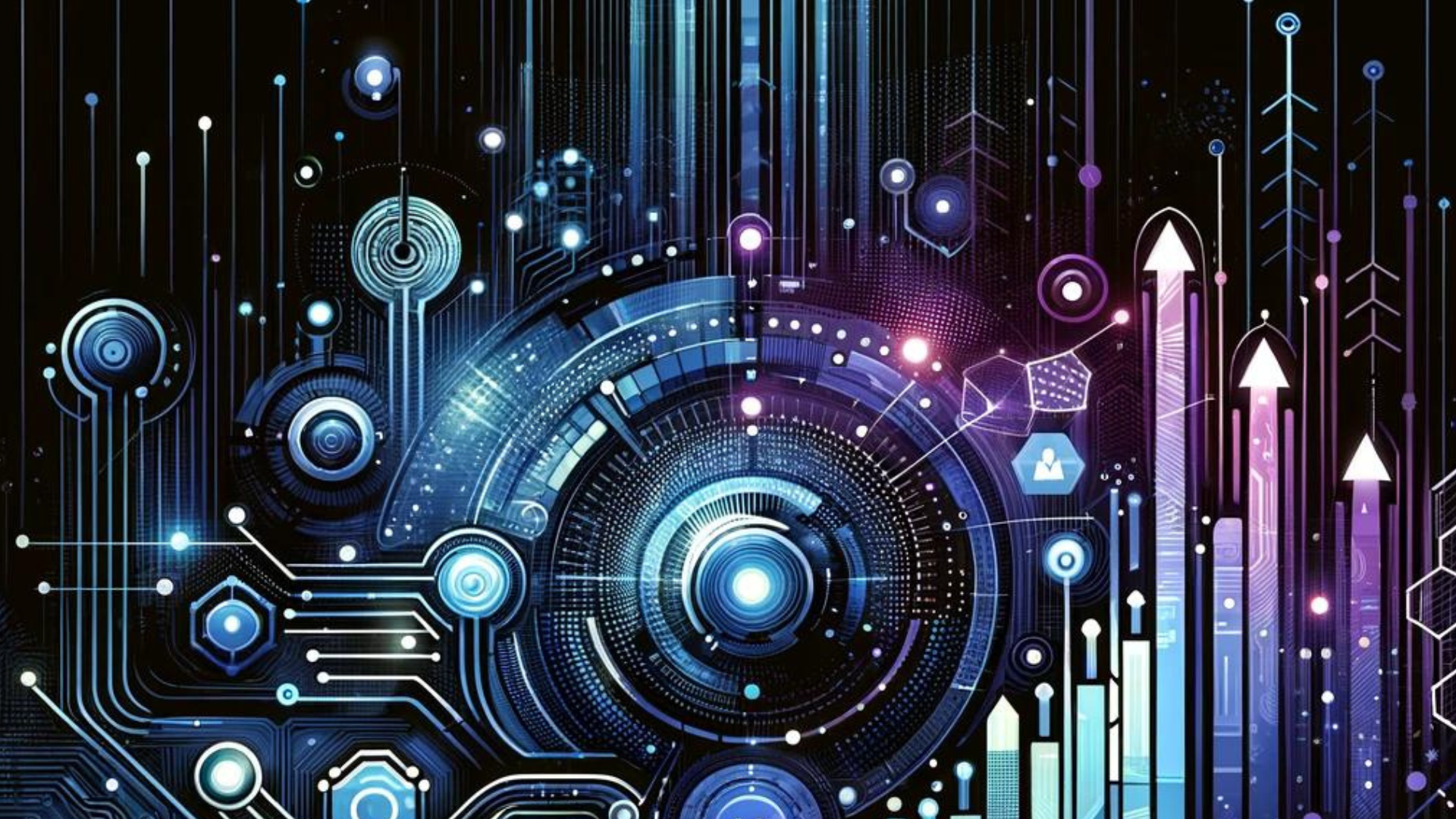In today’s world, the term “GPT” is often at the forefront of discussions about artificial intelligence. Standing for Generative Pre-trained Transformer, GPT represents a groundbreaking development in the realm of machine learning and AI.
Understanding GPTs
What are GPTs?
Defining Generative Pre-trained Transformers: GPTs, or Generative Pre-trained Transformers, are a class of artificial intelligence models that excel in natural language processing tasks. They are designed to generate text that closely mimics human language, making them adept at a wide range of language-based tasks.
The Transformer Model: The core of GPT technology is the Transformer model, introduced in a paper by Vaswani et al. in 2017. This model marked a departure from previous recurrent neural network (RNN) approaches, introducing a mechanism known as ‘attention’. This allows the model to weigh the importance of different words in a sentence, leading to a more nuanced understanding and generation of language.
Pre-training and Fine-tuning: A key aspect of GPTs is their two-stage learning process. The first stage is ‘pre-training’, where the model is trained on a vast corpus of text, learning the general patterns of language. The second stage is ‘fine-tuning’, where the pre-trained model is further trained on a specific dataset, tailoring it to particular tasks like question-answering, translation, or content creation.
Read Blog: Making LLMs Smarter—Training, Fine-Tuning, and Embedding >>
The Evolution of GPTs
GPT-1: The journey began with GPT-1, developed by OpenAI. It was a pioneering model demonstrating the potential of Transformer-based models for natural language tasks.
GPT-2: The subsequent version, GPT-2, was notable for its much larger scale. It was trained on a more extensive dataset, resulting in significantly improved language generation capabilities. However, its release was staggered due to concerns about its potential misuse in generating fake news.
GPT-3: GPT-3 took the world by storm with its astonishing 175 billion parameters, making it one of the largest language models of its time. It demonstrated an ability to perform a variety of tasks without task-specific training, a property known as few-shot learning.
With each new version, GPTs have made significant leaps, becoming more sophisticated and capable, culminating in the latest version we’re focusing on today, GPT-4.
The Breakthrough of GPT-4
Introduction to GPT-4
GPT-4, the most advanced iteration released by OpenAI, marks a significant leap in AI capabilities. It’s not just a step but a giant leap in the world of AI.
Technical Advancements
GPT-4 boasts a host of technical improvements. It has a larger training dataset, allowing for a broader understanding of human language. Its algorithms have been refined for better context understanding and nuance interpretation, making its interactions more human-like than ever.
Capabilities of GPT-4
Advanced Language Understanding and Generation: GPT-4’s most prominent feature is its ability to understand and generate human-like text. It can engage in detailed conversations, answer complex questions, and produce coherent and contextually relevant written content, ranging from creative writing to technical reports.
Multilingual Capabilities: Unlike its predecessors, GPT-4 shows remarkable proficiency in understanding and generating text in multiple languages. This multilingual ability makes it an invaluable tool for global communication and translation services.
Coding and Software Development: GPT-4 demonstrates an impressive ability to understand and generate code in various programming languages. It can assist developers by writing code snippets, debugging existing code, and even providing suggestions for software development, significantly streamlining the coding process.
Educational Assistance: In the educational sector, GPT-4 can act as a personalized tutor, providing explanations, solving mathematical problems, and helping students with a variety of subjects. Its adaptive learning approach makes it suitable for students at different educational levels.
Creative Arts: GPT-4 has shown a flair for creativity. It can compose music, write poems and stories, and even generate ideas for artwork. This opens up new avenues for AI-assisted creativity in the arts.
Data Analysis and Business Intelligence: With its ability to process and analyze large volumes of data, GPT-4 is well-suited for business intelligence tasks. It can provide market insights, analyze trends, and help in making data-driven decisions.
Accessibility and Inclusivity: GPT-4 can be a powerful tool for increasing accessibility, offering assistance to individuals with disabilities by generating descriptive text for visual content, providing voice-based interaction, and simplifying complex information.
Simulations and Scenario Analysis: In fields such as science and engineering, GPT-4 can simulate scenarios and model outcomes, helping researchers and professionals to visualize and solve complex problems.
Read Blog: OpenAI Unleashes Game-Changing AI Advancements: Here’s How We’re Leading the Charge >>
Applications and Implications of GPT-4
Education and Learning
GPT-4’s advanced language processing capabilities make it an ideal tool for educational purposes. It can assist in creating personalized learning materials, tutoring students in various subjects, and even providing language translation services to break down language barriers in education.
Business and Customer Service
In the business sector, GPT-4 is revolutionizing customer service. It powers sophisticated agents that can handle customer queries with unprecedented accuracy, helping businesses offer 24/7 service. Furthermore, its ability to analyze and interpret large volumes of data makes it invaluable for market research and business analytics.
Content Creation and Journalism
The AI’s ability to generate coherent and contextually relevant text makes it a powerful tool for content creators and journalists. It can aid in drafting articles, creating narrative content, and even generating creative writing pieces, albeit with human oversight to ensure accuracy and ethical considerations.
Healthcare and Medical Research
GPT-4 has potential applications in healthcare, such as assisting in medical research by analyzing vast datasets, helping in diagnostic processes, and providing information on medical conditions in a more understandable language for patients and healthcare providers.
Conclusion
GPT-4 is not just an incremental update in the world of artificial intelligence; it represents a paradigm shift in our interaction with technology. Its applications, ranging from education to business, healthcare, and beyond, demonstrate its versatility and potential to significantly enhance efficiency and innovation. As we continue to integrate GPT-4 into various sectors, it’s clear that this technology is not just shaping the future of AI, but also redefining the boundaries of what’s possible in our world.





